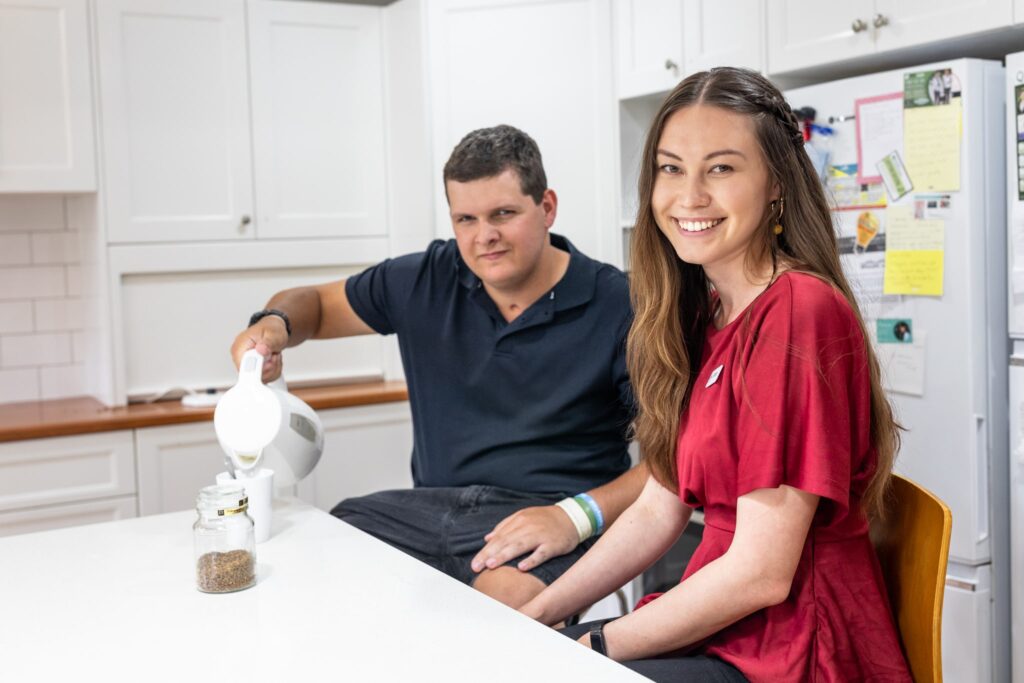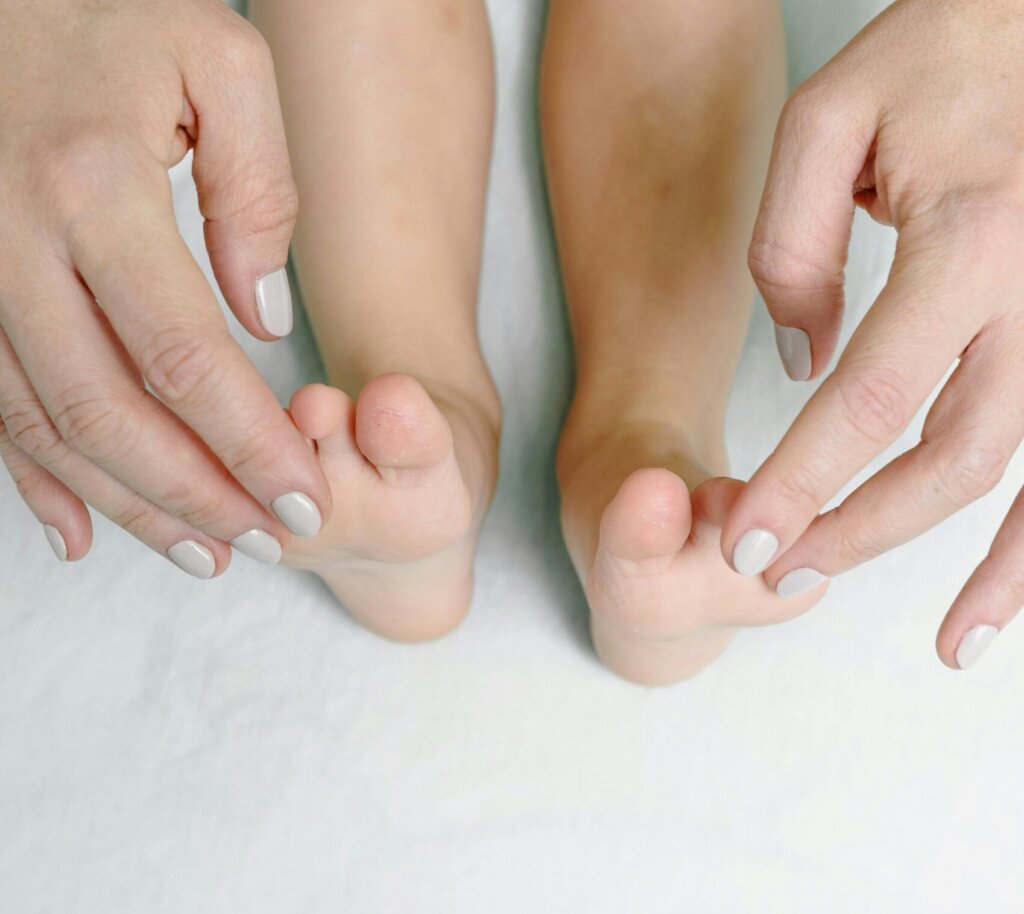What Is Joint Attention In Children?
Recent Posts

Understand what joint attention is and why it’s essential for your child’s social and cognitive development
Joint Attention is the ability to share a common focus between two or more individuals. As simple as it may seem, the ability to perform joint attention is a huge developmental milestone for children.
This skill is developed during the early stages of life, and is a crucial foundation to building social and language interactions.
What is joint attention and how does it develop in early childhood?
Joint attention happens when two or more people pay attention to the same object, person or event. The moment usually requires gestures, eye contact and vocalisations to signal both parties are paying attention to the same thing.
It is a conscious effort to coordinate attention with others to develop the ability of sharing the same experiences.
An example of joint attention would be when a parent points to an object and vocalises “Look at this!”.
The kid follows the direction their parent is pointing to with their gaze and engages in a shared experience of joint focus.
It is through the ability of joint attention that children learn important social skills like:
- Sharing interests with others
- The importance of back-and-forth interactions
- Awareness of shared attention
Additionally, kids also develop important personal skills like:
- The ability of following another person’s gaze
- The ability of gaining information about a person’s feeling by looking at their faces
What does joint attention teach kids?
Joint attention can be considered a simple skill to have if you’re an adult, but for children it marks a major milestone in early development. It’s through shared focus that children learn important language, social and cognitive skills.
Language
Joint attention serves as a foundation for language development as children learn to associate words with objects or events. That means they can expand their vocabulary and comprehension skills.
Social
It can also foster a sense of shared experiences that help children connect with other people. Through joint attention kids can engage with others in meaningful ways.
Cognition
Children’s cognition is also improved by the ability of joint attention. That’s because it requires the shifting attention between different perspectives which also lays the foundation for critical thinking and problem-solving skills in the future.
Milestones for joint attention by ages
Ages 6 months to 1 year
From 6-12 months most children will start to respond to calls for attention from their caregivers and point or gesture to objects of their interest. It is during this period that they begin to show preferences for certain toys, activities, people or places, and learn how to follow other people’s gazes and gestures (e.g. pointing).
Ages 1 to 2 years
Children aged 12-24 months can typically engage in coordinated joint attention with their caregiver, using skills such as gestures (e.g. touching adult, pointing), using eye gaze and verbal communication (e.g. indicating yes or no). At that age, they can also begin engaging in simple pretend play and use these joint attentional skills during book reading sessions.
Why is joint attention so important?
The simple ability of sharing interest and focus with others is a crucial skill for connection-building between kids and their caregivers. It is through this learning experience that toddlers will then later interact and play with each other.
If a child lacks the ability to engage in joint attention in early life, they might not be able to develop important aspects of their cognitive and social skills. It can also be the indicator of developmental delays usually related to the autism spectrum disorder (ASD).
However, there are a few ways parents and caregivers can actively stimulate joint attention with children.
Some activities for child play are specially designed to help them engage in shared focus, let’s learn more about them.
Best joint attention exercises for parents and kids
Take-turn games
Activities like rolling a ball, stacking blocks or playing with toy cars and ramps are great for stimulating children to engage in joint attention. Even the simple act of passing toys back and forth can help develop shared focus skills.
Blow and pop bubbles
Another simple but just as great idea is to play with soap bubbles. The parents or caregivers can blow the bubbles and encourage the kids to pop them. This will be a fun way to teach them what joint attention feels like.
Songs with gestures
Teaching kids songs like “Itsy, Bitsy Spider” or “Wheels on the bus” are great ways to capture their attention with hand gestures and movements. They’re easy to teach and it’s a guaranteed fun time together.
Receiving professional guidance
It’s important to always monitor your child’s behaviour to ensure they’re able to learn these important skills. In case of any suspicion of disorders or pathologies, it is recommended to seek professional guidance.
Get in touch!





